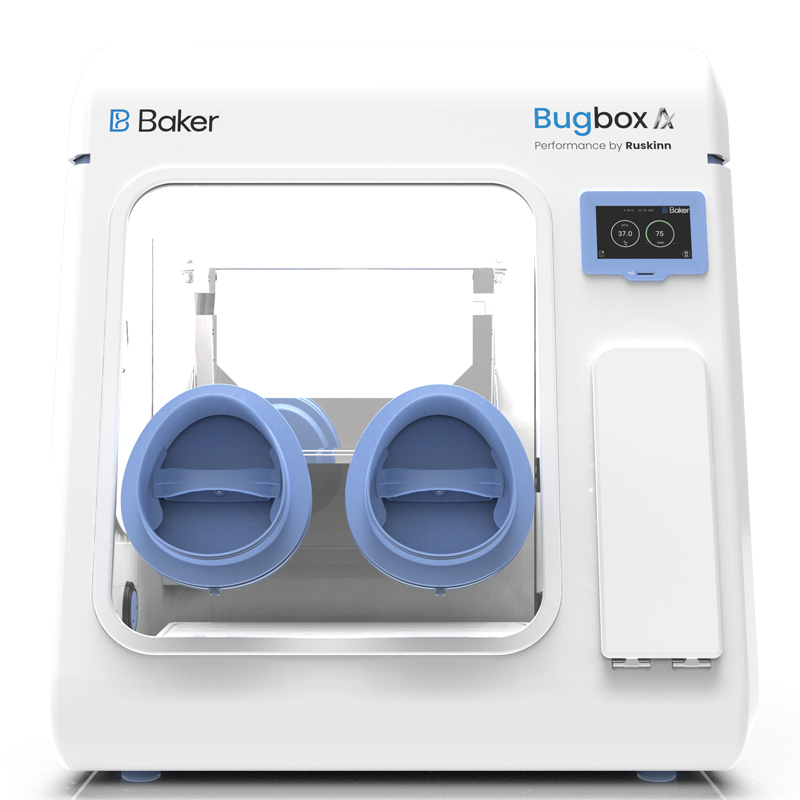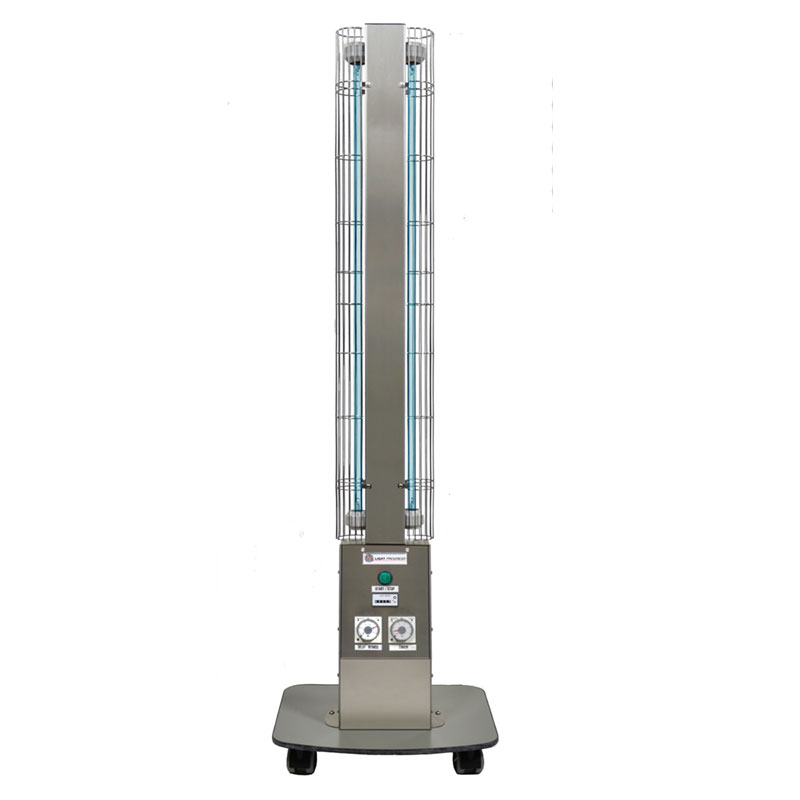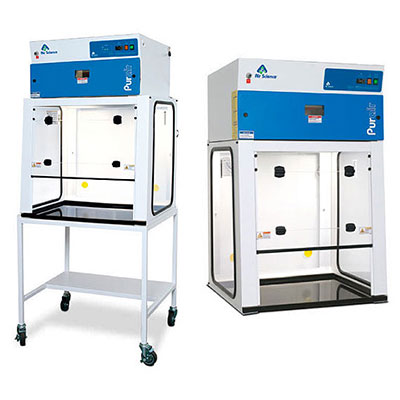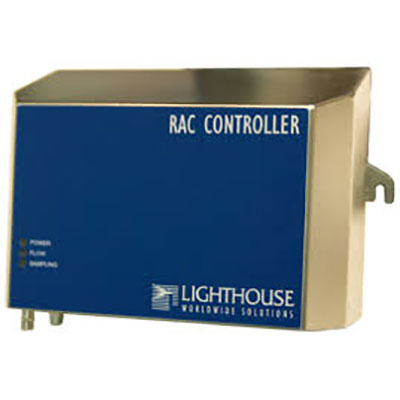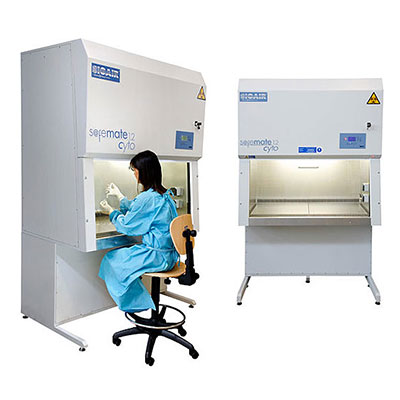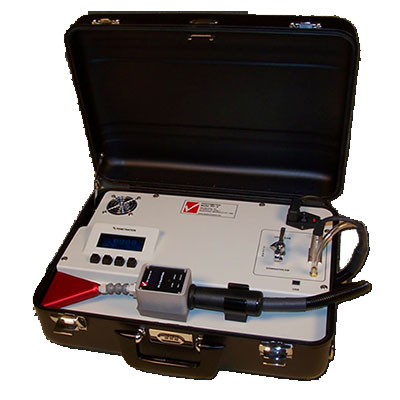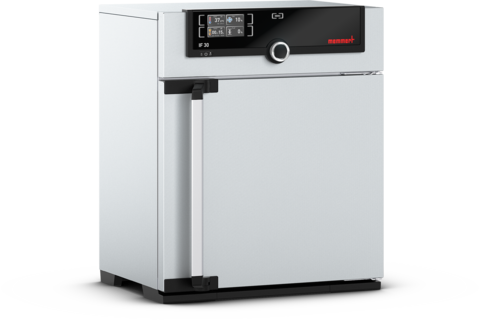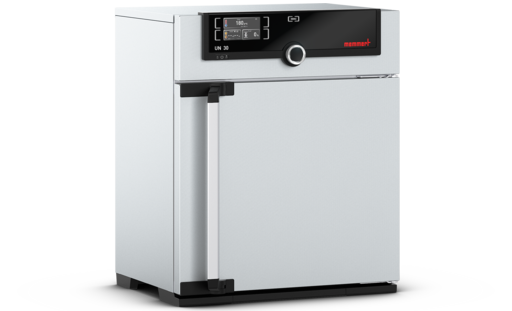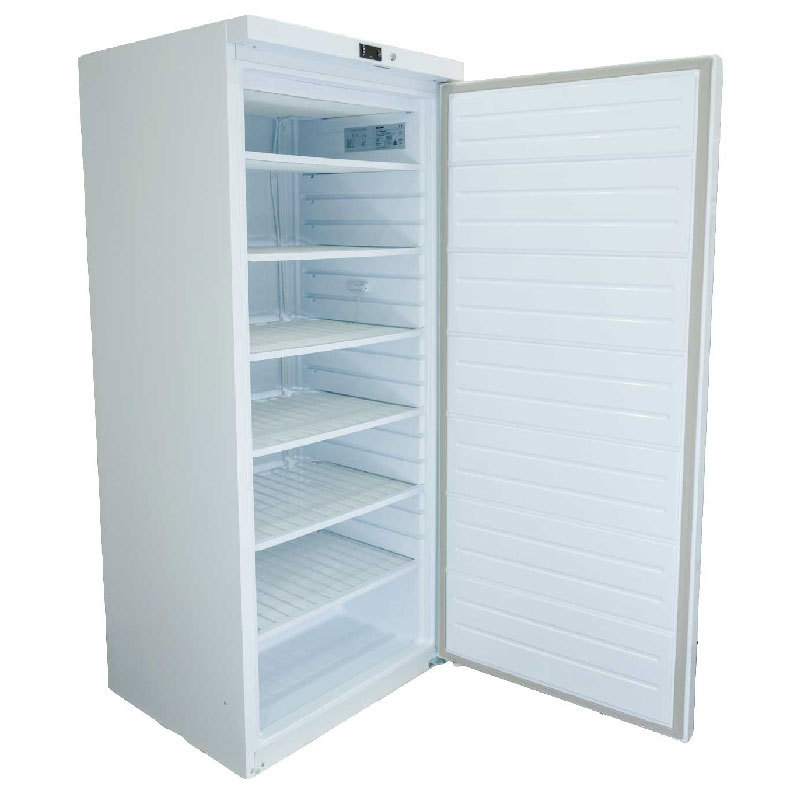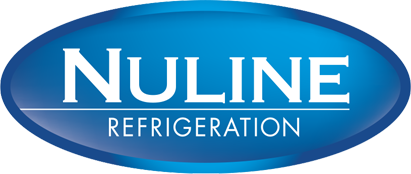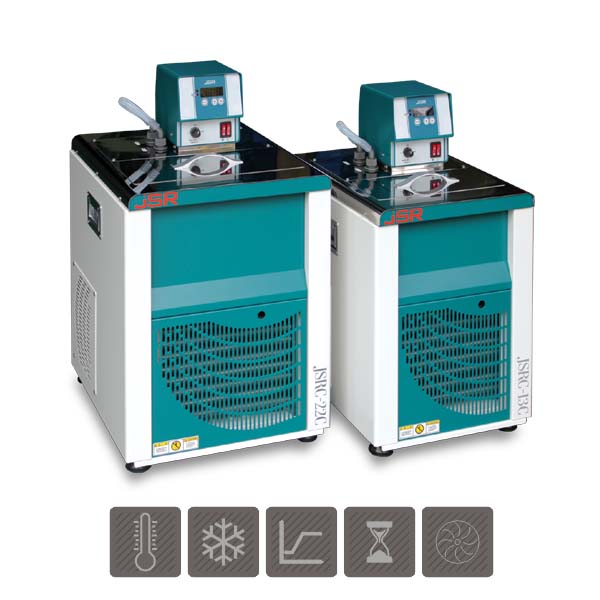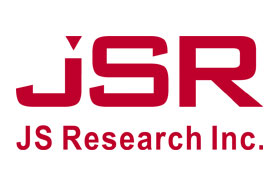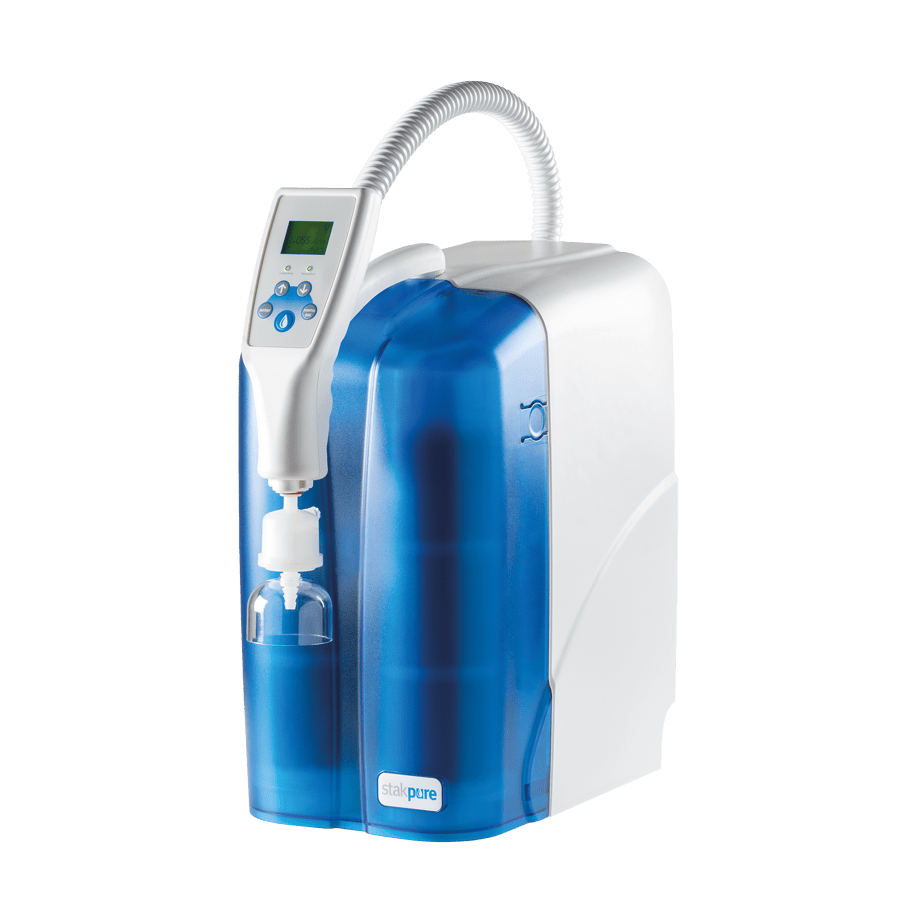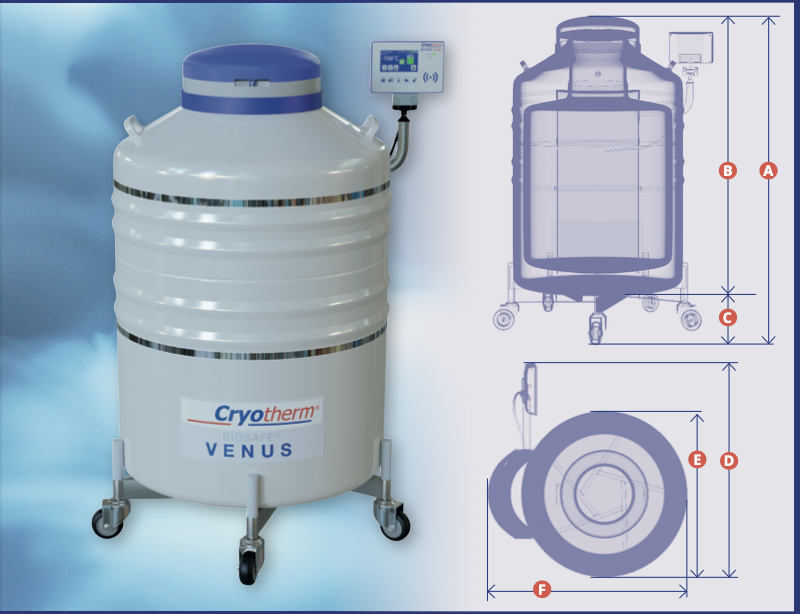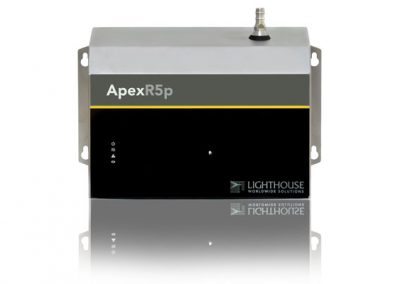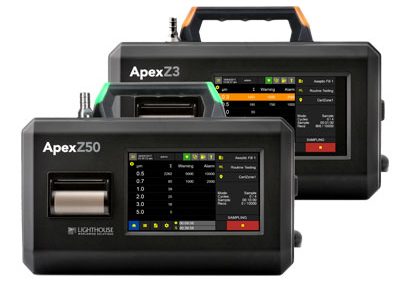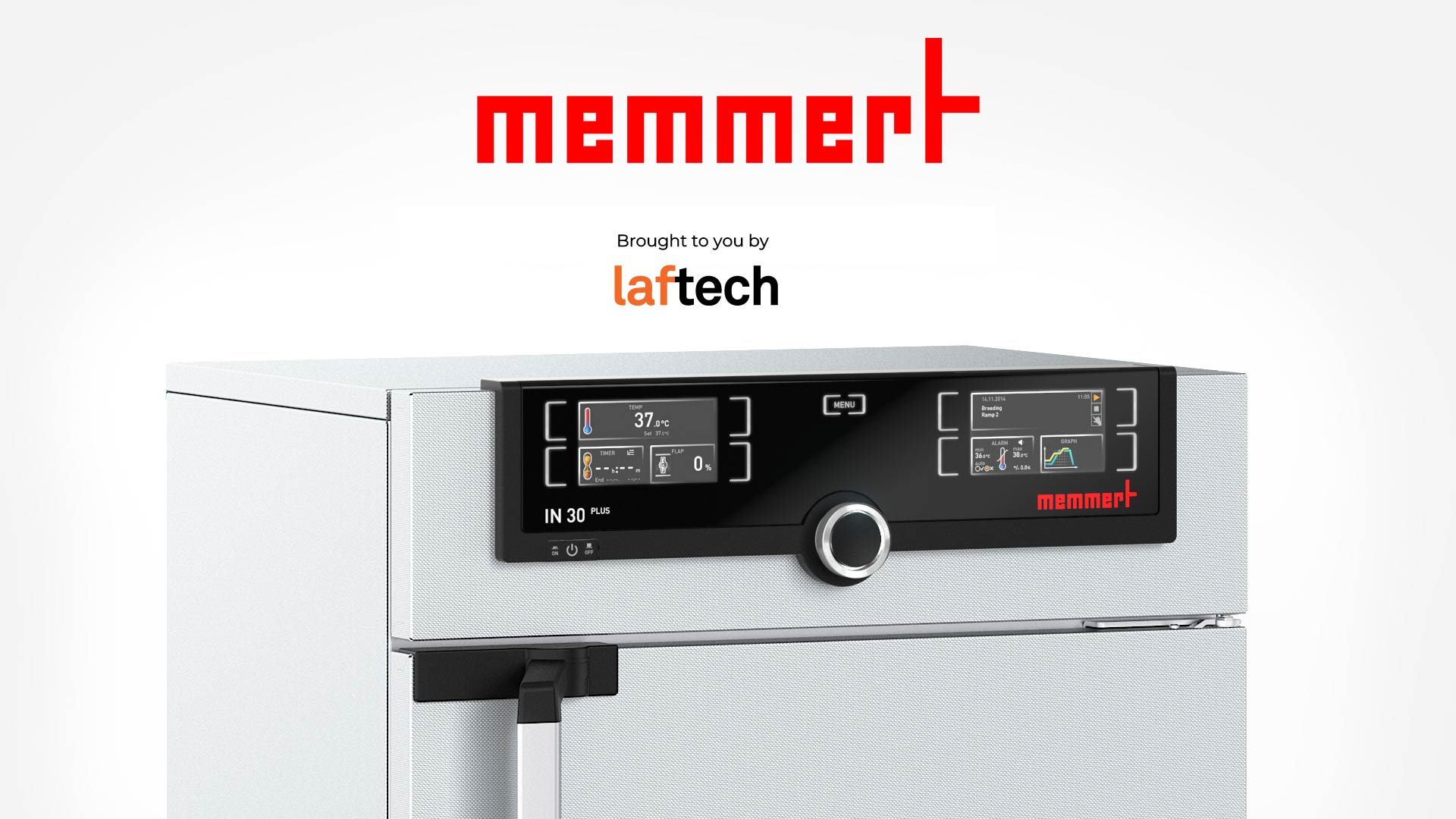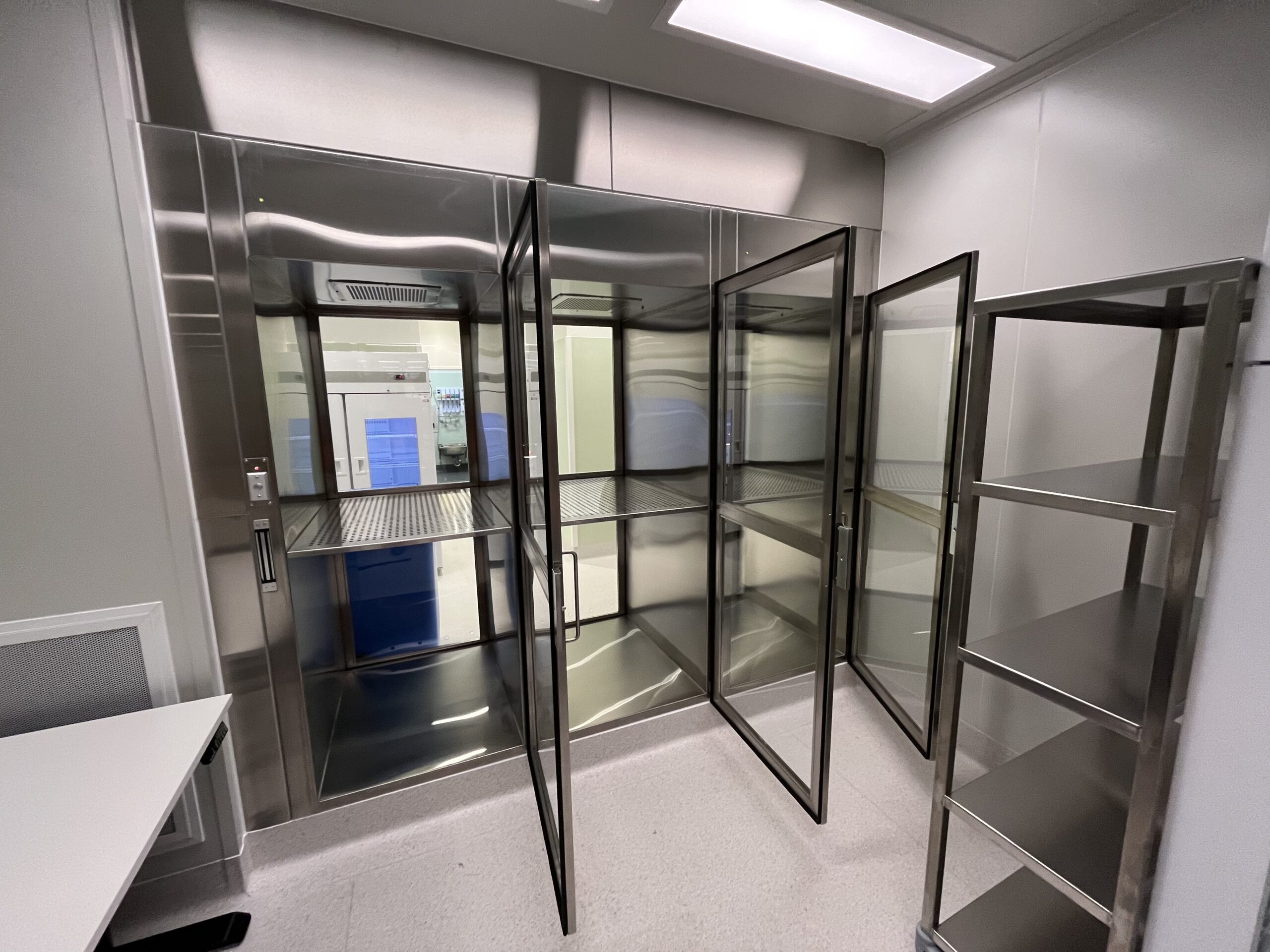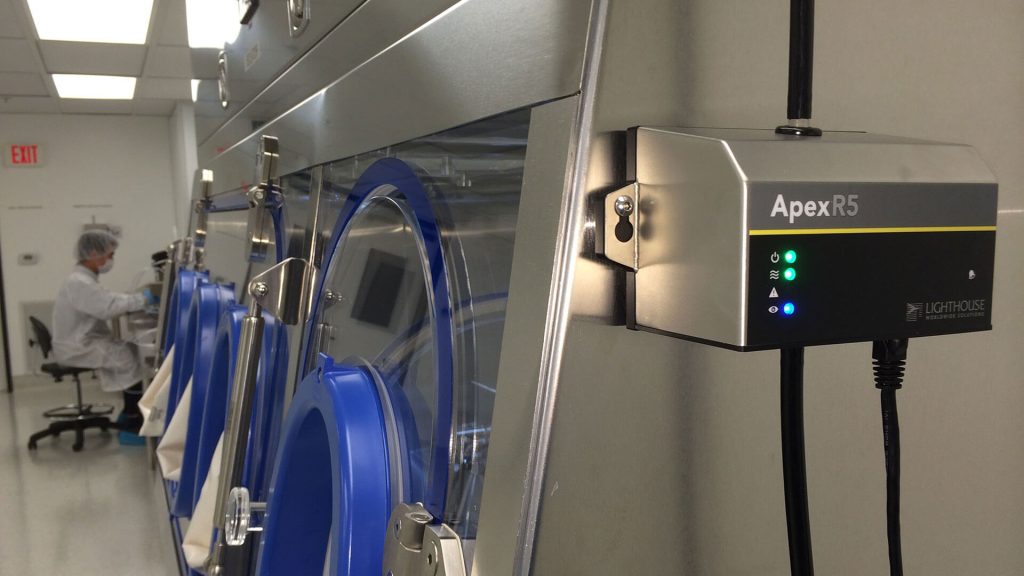Which Is Right For You: Handheld Particle Counter vs Remote Particle Counter vs Portable Particle Counter
Are you considering a new particle counter for your cleanroom? There are a number of options that might be right for you. Before reading through the pros and cons of each particle counter, we recommend you create a list of what you are looking for in your particle counter. On this list, we recommend you note the practical things you need in a particle counter – outside of its ability to measure particle count and size (but we’ll get to that).
Handheld Particle Counter
A handheld particle counter is a small particle counter that is easily moved for spot checks in a cleanroom.
Pros:
- Since the particle counter can be easily moved, it’s useful in the process of classifying a cleanroom. It can be moved all throughout the cleanroom to get the average particle count easily.
- Handheld particle counters usually have a localized display on the particle counter, so you can see the results without leaving the cleanroom. Since you’re entering and exiting the cleanroom less, it lowers your contamination risk.
- Newer handheld particle counters can come with a lot of connectivity and data organization options.
- It’s easier and more affordable to use a handheld particle, as they are widely available.
- Since it’s small, it has a ton of flexibility around its usage. This also makes it easier to use.
- They have a wide range of applications, including indoor air quality.
- A handheld particle counter will also usually tell you the temperature and relative humidity.
Cons:
- Since the handheld particle counter is small, it does not force airflow. Thus, due to the lower airflow, it can take longer than other particle counter options to produce reading.
- A handheld particle counter is designed for spot checks, so it does not integrate well into a real time system.
Conclusion
A handheld particle counter is an affordable option for those who need a mobile option or have a desire for spot checking. But it doesn’t serve well as a permanent particle counter in a large cleanroom that could benefit from a real-time monitoring system.
Remote Particle Counter
A remote particle counter is a particle counter that is not designed to be moved, which continually sends readings to an external source.
Pros:
- Remote particle counters are typically small and designed to fit seamlessly into your cleanroom or machine.
- They are more affordable than a portable particle counter.
- They have a ton of integration options, so they can integrate into a system you already have established.
- Remote particle counters also tend to have a wide variety of communication options, so you can get results in a way that works for you.
- They are ideal for stationary larger systems.
- You don’t have to move them aside from annual calibrations.
Cons:
- A remote particle counter is only able to monitor one location easily, since it does not move. If you are able to integrate a system of them, they work well with large systems.
- Typically, remote particle counters report data remotely, so they don’t have a local display. If you need to know the readings while you’re in the cleanroom, then it might not be the right choice for you.
- Unless the remote has an internal pump, a remote particle counter will need an external vacuum to create airflow.
- Remote particle counters usually need infrastructure built around them, such as pre-existing communication, power, vacuum lines, and other systems, so premeditation is often required.
Conclusion
If you have an established system in a cleanroom where the configuration does not change, then a remote particle counter might be the best choice for you. If you are not equipped to create a system of particle counters but have a number of locations that need to be monitored, then you might go a different direction.
Portable Particle Counter
A portable particle counter is larger than a handheld particle counter but more mobile than a remote particle counter.
Pros:
- The portable particle counter is ideal for classifying a cleanroom, as they are designed to be highly accurate, create vacuum, and be mobile.
- A portable particle counter also has a localized display so you are able to see the particle counts without leaving the cleanroom, which can alert you immediately of contamination risk.
- These forms of particle counters are also designed in depth to have connectivity and data organization options.
- Portable particle counters are designed to have flexible usage and are typically very user friendly and ergonomic.
- You can move portable particle counters throughout the day, allowing you to keep accurate readings from throughout your cleanroom.
- They do not need established infrastructure, although they can integrate to pre existing systems
- There is minimal set-up involved with a portable particle counter.
- They usually have the highest airflows of all particle counters giving a quicker volume sampled.
Cons:
- Because of the flexibility and adaptability of a portable particle counter, they are often more expensive than the remote particle counter or the handheld particle counter.
Conclusion
In just about any situation, a portable particle counter can offer you fast, accurate readings in a self-contained space. While they are larger and more expensive than the other two options, they come with a wide range of adaptability and versatility.
Which Particle Counter Is Right For You?
What was on your list of requirements for your cleanroom? Does one form of particle counter work better than the others in terms of practicality?
When we asked you to create your list, we asked you to basically assume all particle counters are the same in terms of ability to measure the particle size and number. But the reality is that all particle counters are not created equal.
The good news is that our Lighthouse Worldwide Solutions particle counters set the industry standard for measurement. And we are on standby to help you determine exactly which particle counter is perfect for you. Ready to find out? Let us know – we’re here to help.






